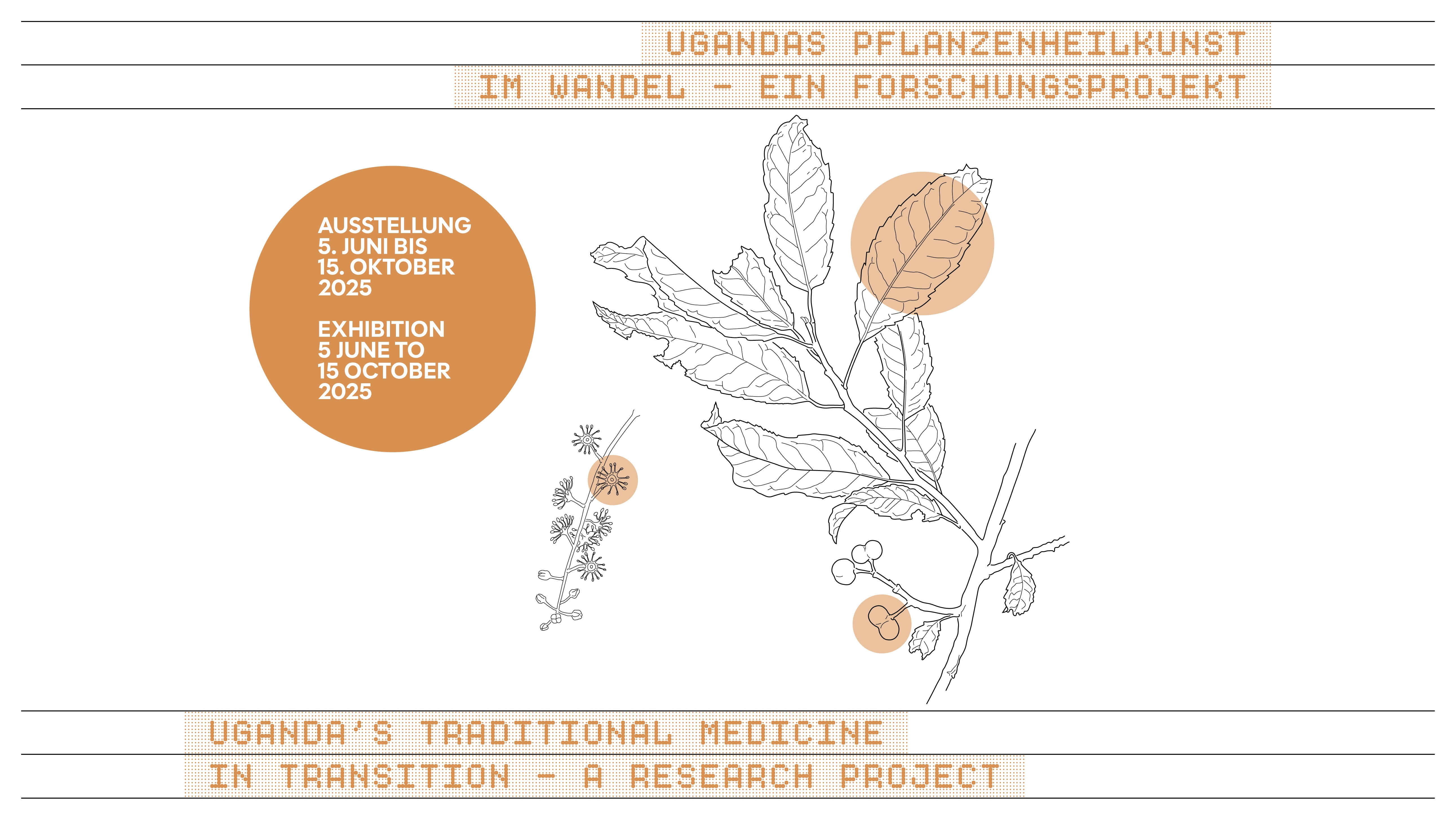Exhibitions
How plants communicate with each other
A new exhibition on plant communication marks the inclusion of botany at the University of Zurich’s Natural History Museum. With the exhibition, which illustrates the diverse forms of communication among plants, the museums for anthropology, botany, paleontology and zoology have now been brought together under one roof.
Opening on 20 May 2025, the new permanent exhibition “Pflanzen sprechen mit!” (Plants Talk) aims to open visitors’ eyes and noses and introduce them to the fascinating world of plant communication. With the arrival of the new exhibits – some of which are interactive – the integration of the former botanical museum into the UZH Natural History Museum is complete.
Visitors are introduced to the ways in which plants “communicate” with each other right at the beginning of the exhibition. Creatively designed, colorful wall displays that combine nature and art in a playful manner add a further element. The centerpiece of the exhibition is an enormous table, where visitors are invited to explore the impressive variety of botanical communication methods, for example via scent or color. Objects from the botanical collection, including some striking flower models of historical and cultural significance, complement this information.
Exhibition “Pflanzen sprechen mit!”
From Tuesday, 20 May 2025
Natural History Museum of the University of Zurich
Karl-Schmid-Strasse 4
CH-8006 Zürich
The exhibition was realized with support from the canton of Zurich’s charity fund and in collaboration with the Zurich-Basel Plant Science Center.
A Makerspace for museums

The task of finding ways to get humans to know, and therefore value and save biodiversity is one of the great challenges to human ingenuity in our time.
How can we increase engagement and awareness in biodiversity amongst all the diverse citizens of Switzerland? How can we re-connect people to nature and empower them to feel that nature is part of their life? Culturally diverse participation in discussions about biodiversity are currently critical as we have to make democratic decisions about how we want to protect biodiversity. This project will develop a makerspace structure, and activities for participants to engage not only with the materiality of museum collections but the scientific and socio-historical context.
Natural history and botanical collections are used by current research projects to address global challenges such as climate change, epidemiology, and biodiversity loss, and are thus a living and dynamic part of our scientific and cultural heritage and treasure. In this context we examine how have we gained knowledge from natural history collections. We will engage children, adolescents and adults from diverse cultural groups with four themes from the collections of the Natural History Museum and show how science weaves stories through objects.
The innovative power of the project lies in the development and validation of new formats for conveying knowledge about nature including multicultural competencies. The makerspace will facilitate different modes of creative inquiry – how we observe and interact with the natural world, and how we work with biological materials and systems to create, question, or communicate.
The Makerspace is being created as part of the Agora project “A makerspace for museums: Reconnecting nature and people through natural history collections” (Swiss National Science Foundation). SNF Data Portal
For further information please contact: Juanita Schläpfer
Uganda's traditional medicine in transition

During the Covid-19 pandemic, Uganda’s public healthcare system struggled more than ever. As a result, more people became interested in traditional herbal medicine. The World Health Organization, WHO, encourages African countries to support traditional medicine as an integral component of their healthcare systems. However, in Uganda, traditional medicine is at risk because natural resources, cultural heritage, and knowledge are being lost. Action is needed to secure its future and further development as an important part of healthcare and cultural heritage. Together with local museums and researchers, the exhibition aims to raise awareness.
This exhibition was curated jointly with researchers and museums in Uganda as part of the SOR4D-project funded by SNF / DEZA: "Traditional medicine in transition. The role of museums as agents of change for effective, safe, culturally embedded, and sustainable knowledge transfer in Uganda."
5 June to 15 October 2025
Botanical Garden of the University of Zurich, Zollikerstrasse 107, 8008 Zurich



